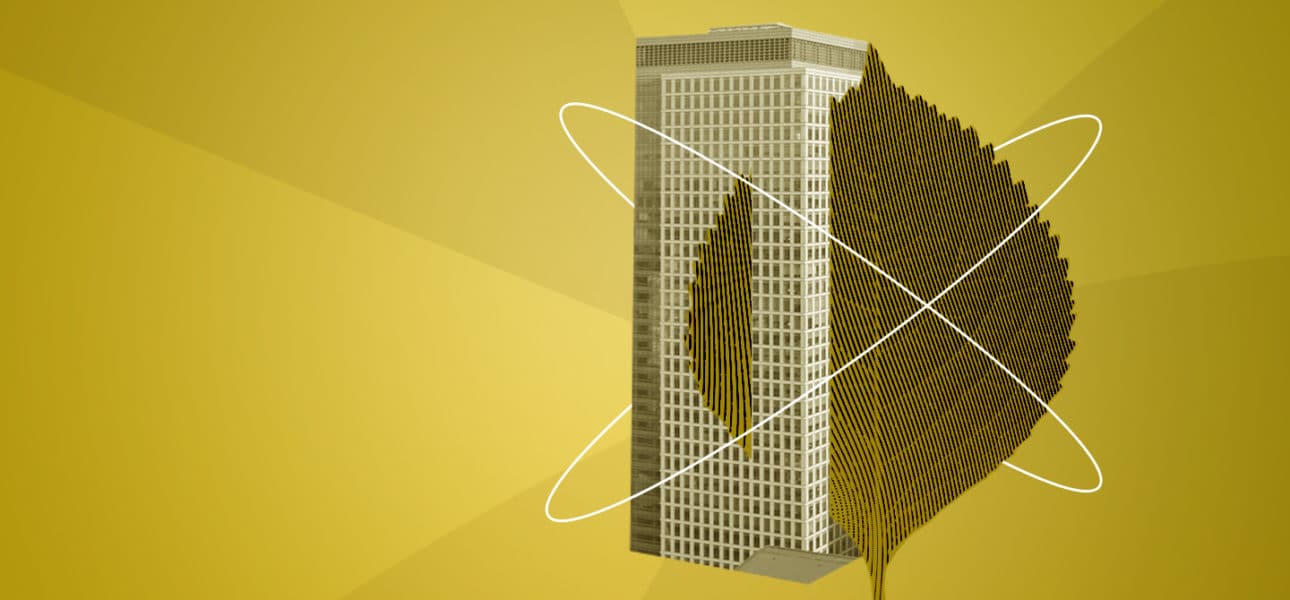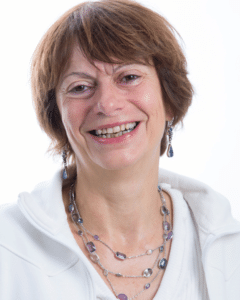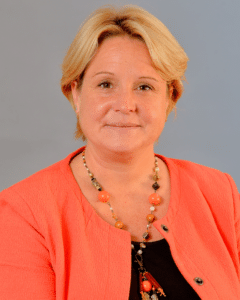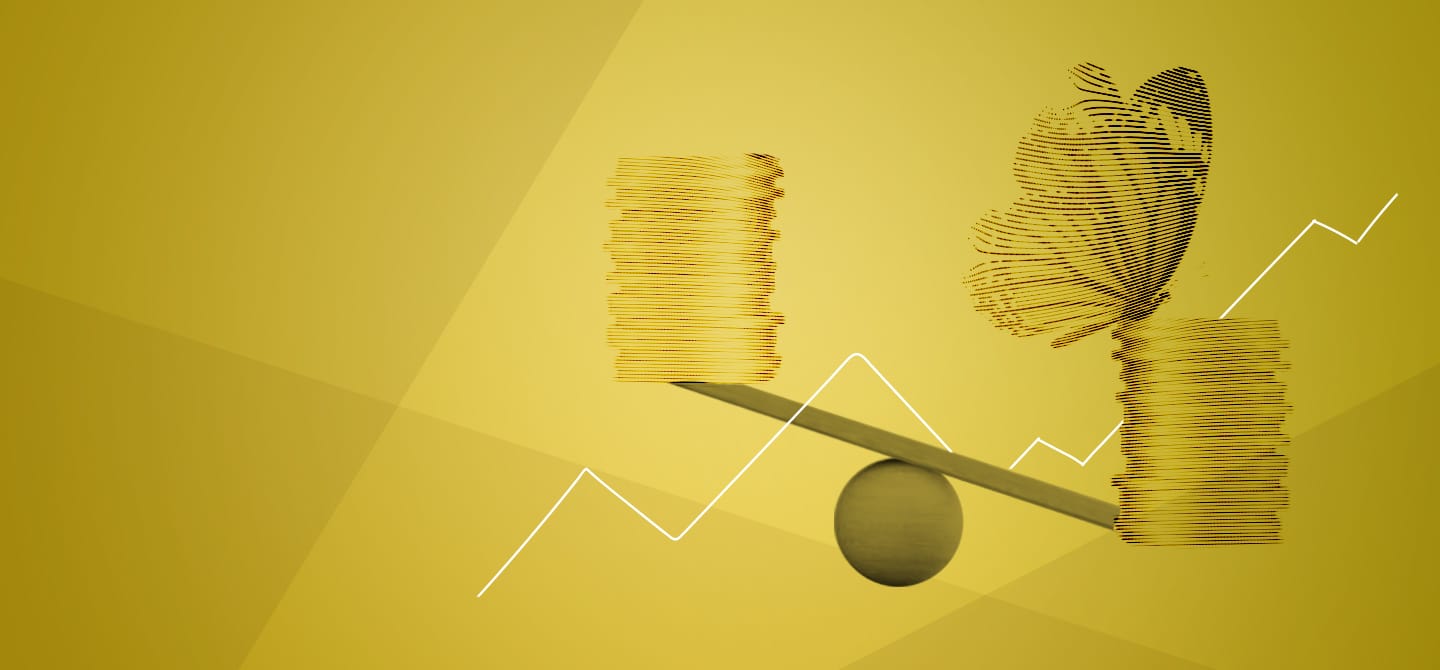In the past, we have heard terms like the ‘price of nature’ being used to connect ecosystem services with the private sector. Do you think this type of approach is needed for businesses to take biodiversity into account?
Denis Couvet. The term ‘price of nature’ is reductive, even obsolete. Capitalism has ignored nature because it is simpler that way. In order to take biodiversity into account, we need much more than that. To understand the problem, we need to distinguish at least three ways to quantify the economic importance of biodiversity so that it can be: (1) monetised, (2) commodified and (3) financialised.
At the moment, only the first of these, monetisation, is in play; something that economics and ecology have been doing for over 20 years. This ‘price of nature’ is a calculation of ecosystem services like carbon capture or flood protection as a monetary value. Assessing the value of these services in dollars or euros provides grounds for public action, can challenge economic norms, and may help in decision-making for companies. But, even still, businesses don’t necessarily invest in these services per se. Instead, the monetary value remains hypothetical, most often being used to anticipate new trends in public opinion that could affect their competitiveness.
That being said, is it possible to bring ecosystem services models into businesses?
Sandrine Sourisseau. Integrating ecosystem services into a business model is complicated and highly delicate. Current indicators of biodiversity are not systematically used to make decisions due to lack of knowledge and tools, which are fully adapted to business. Financial indicators such as operating expenses (cost for running a system or service) are still much more influential. Hence, why we need methodology and the right partners who can help us to better understand. Leaders are more or less sensitive to these issues, but we are seeing more and more objectives linked to biodiversity integrated into business strategies.
At Veolia, we address the same level of attention and demands to our different performances: economic and financial, commercial, social, societal and environmental. As such, we make a public commitment on 18 performance indicators, including the rate of progress of action plans to improve the environmental and biodiversity footprint of sensitive sites. Achievement of these objectives will be audited and measured regularly by an independent body. In turn, it will serve as the basis for the variable compensation of Veolia’s senior managers.
How then does the “Chair of Mathematical Modelling and Biodiversity” contribute to these issues?
Sylvie Méléard. In terms of modelling biodiversity, we are still in the stone age. Ecosystems are complex in the real sense of the word, there are a great number of interactions to take into account. Through the chair, we mathematicians make theoretical models, and the conservation science team from the museum adds context from the field.
We use models such as what we call ‘complex adaptative systems’, which are vast webs of smaller networks that interact on a macro-level. There are direct applications of these models, such as plant-herbivore or pollinator-plant interactions, in an ecosystem. Through this, we can get an idea of how species evolve – and co-evolve. Once we have developed theoretical models, we can then apply them to other cases.
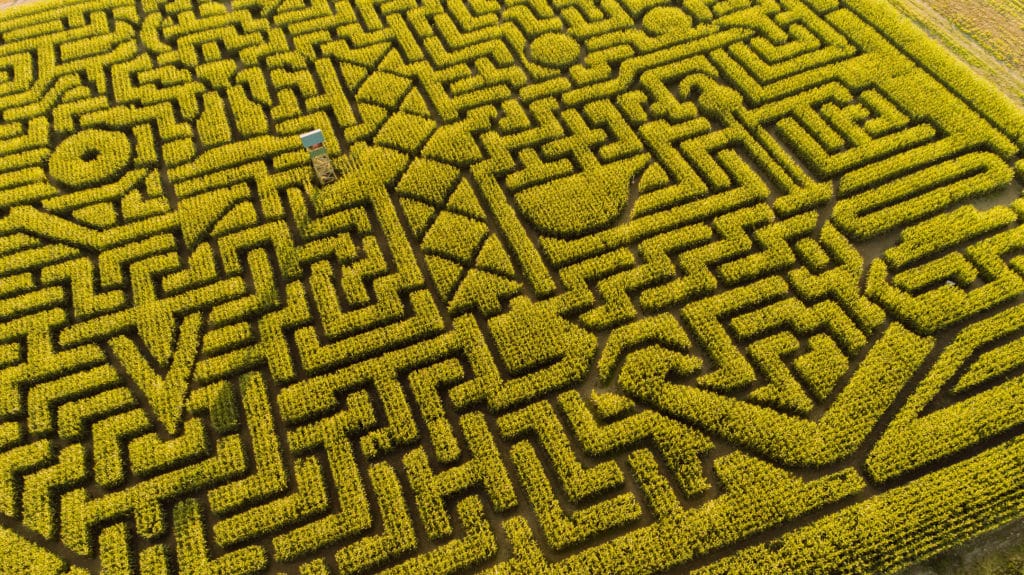
How does the interface between applied mathematics and conservation biology come together?
SM. We offer the biologists a theoretical basis and they study a way to visualise it in the field. We can use those models to study what happens to an ecosystem if we change one parameter: to see how species compete with one another for resources or observe the impact of a change in climate, for example. We recently developed models to better understand the impact of climate on a population. Our research looks at this on multiple scales, from the bigger picture down to the molecular level to help better understand how changes will affect the system.
DC. As such, we can create an image of how humans interact with the ecosystem in a way that goes beyond just description. The goal is to examine the mechanisms at place in biodiversity by using mathematical models to express economic or ecological effects and their interactions. One difficulty is that the rhythms, space used, or environments of humans and biodiversity differ. Those who are financing the future and depend on nature (so everybody) should know that.
What the analyses show, in particular monetary ones, is that we need to change our mindset to focus on a nature-centric approach. For example, current large-scale agricultural models in the USA rotate corn and soybean crops each year. From a human-centred standpoint, this may be a simple, efficient agricultural technique. However, it is far from optimal in regard to biodiversity – and therefore nature – meaning poor sustainability. Instead, a more ecologically sustainable system would require rotation of different crops each year for a duration of closer to 10 or 20 years, meaning a shift in production strategy.
How does Véolia, as a business, take on board research findings from the chair?
SS. Biodiversity at Veolia is a priority. The research chair outcomes can help us in several ways towards our goal of integrating biodiversity into our strategy. Our objective for 2020 was to have carried out a diagnosis and deployed an action plan in 100% of the sites identified as having a high biodiversity stake. In this context, the chair can first help us to define and deploy relevant and operational performance indicators for the group.
In the future, we will need to obtain new markets if we are to remain a leader; the chair helps us to define and propose new services that are in line with biodiversity. Also, systematically integrating the potential impact of projects located in or near natural protected areas/endangered species into the risk analysis of investment projects and quantifying our footprint on biodiversity enable us to differentiate us from our competitors.
Solutions that are inspired and supported by nature, which are cost-effective, simultaneously provide environmental, social and economic benefits. They provide sustainable, cost-effective ways to achieve a greener economy that is competitive and resource efficient. The metaphor of biodiversity represented as a flow of market services for the well-being of humanity is a dominant theme nowadays in the discourse of international organizations, relayed by scientists and development actors.




